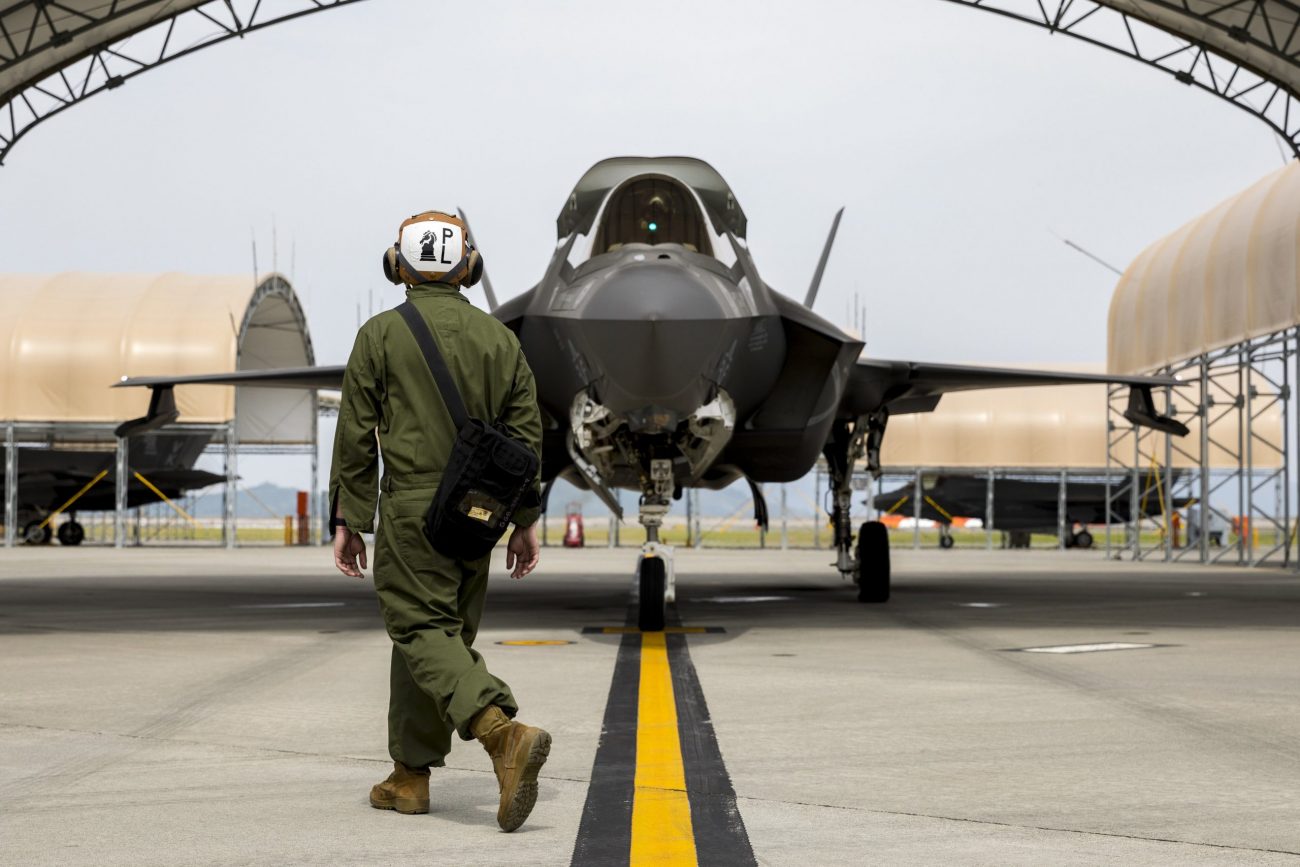The Netherlands plans to reopen the decommissioned De Peel Air Facility as a third air base to house the Lockheed Martin F-35A Lightning II Joint Strike Fighter (JSF) aircraft.
US Says Sanctions On Russia Have Crippled Its Military Industrial Base; Will The Ukraine War Come To An Abrupt End?
Bang On Target! Russian Suicide Drone Lancet Smashes Into A Ukrainian Military Vehicle — Watch Viral Video
The government cited “the deteriorating security situation in the world” as an explanation for its latest decision.
The decommissioned De Peel Air Base in the country’s southeast will likely be reactivated to serve as an F-35A station alongside Leeuwarden and Volkel air bases, according to the Dutch Ministry of Defense (MoD).
The ministry said that the armed services needed to practice more owing to the deteriorating security situation in the world.
“As a result, the number of military flights is increasing, but due to the closure of the Soesterberg, Twenthe, and Valkenburg air bases some 16 years ago, the Ministry of Defense has little room to expand the number of flights,” the ministry added.
The MOD added that all air bases “are ‘full,’ or almost full. Reopening of [the] De Peel Air Base helps to solve the lack of space at airbases.” The RNLAF conducted “noise experience flights” of the F-35A in the area prior to the planned reopening of the base to army air site visitors.
According to the air force, the runway hasn’t yet been made suitable for F-35A takeoffs and landings, and much of the infrastructure needs to be updated to make room for the fifth-generation “stealth” fighter.
De Peel Air Base in Venray, which had two parallel runways when it was built in 1954 as a diversion airport, was never utilized as an active air base. It was, however, expanded in 1973 for possible NATO use.
In 1993, the base was decommissioned as an operational airstrip. It later became the home of Groep Geleide Wapens (GGW; Guided Weapons Groups) of the Royal Netherlands Air Force (RNLAF).
The Dutch MOD has stated that it plans to renovate De Peel’s runway and reopen De Peel as a functioning airfield no later than 2024. However, it has also noted that it would not invest in the facility until it has secured all necessary permits.
According to the plan, 12 F-35As will be able to do 3,600 flight movements over a period of 24 weeks per year, or 1,800 takeoffs and 1,800 landings, from De Peel each year.
The Dutch MOD further mentioned that the restoration of De Peel would result in the deployment of more than 200 military and civilian employees. Moreover, there are presently no plans to operate airborne warning and control system (AWACS) planes from De Peel after its reactivation.
F-35 Fleet Of The Netherland Air Force
The Netherlands was the second country outside of the United States to receive an F-35 and continues to play a significant role in the development and upkeep of the F-35 Lightning II advanced fighter.
The Netherlands first employed two F-35s as test aircraft. In May and June 2016, these aircraft made a short visit to the Netherlands. A contract for eight more F-35s was signed at the beginning of 2015.
In 2019, the first F-35 aircraft arrived at Leeuwarden Air Base, Netherlands. The Netherlands is expected to buy at least 46 more fighter planes. The fifth-generation aircraft will replace the F-16 fleet.
Since its introduction in 1979, the F-16 has been used in a multitude of activities; however, the fighter aircraft has reached its limit despite undergoing numerous improvements.

The country decided to procure the fifth generation aircraft to counter the emerging modern threats. The F-35 can, for example, respond to contemporary threats like surface-to-air missile (SAM) systems that can dominate the airspace thanks to its stealth qualities.
Through its observational capabilities, information-sharing capabilities, and increased weapon deployment precision, the F-35 provides the armed forces with air superiority.
Furthermore, more than 25 suppliers from the Dutch industrial sector are involved in critical technology development and strategic structural design initiatives that are essential to the F-35 program, in addition to high-volume production, including composites, bonded assemblies, and aircraft wiring.
Lockheed Martin, the manufacturer of the aircraft, said that the Netherlands’ prior performance experience and expertise on the F-16 program are leveraged in this high-tech effort to sustain high-quality program execution.
- Contact the author at ashishmichel@gmail.com
- Follow EurAsian Times on Google News




